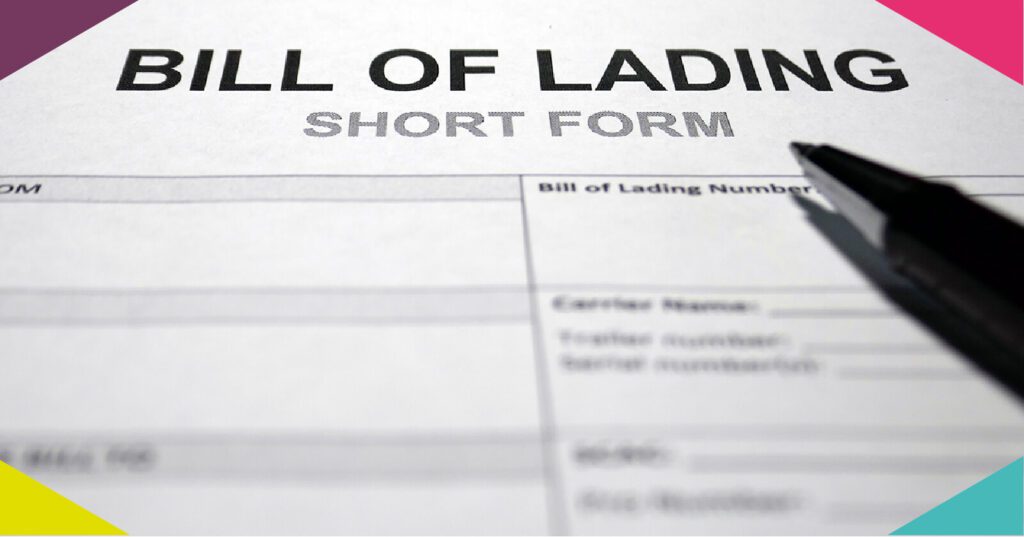
Summary
Key Components of a Bill of Lading In the Auto Transport
Shipper Information The Bill of Lading typically begins with detailed information about the shipper, including their name, address, contact details, and any pertinent identification numbers. This section will elucidate the importance of accurate shipper information in facilitating smooth communication and documentation throughout the shipping vehicle process.
Carrier Information Following the shipper’s details, the Bill of Lading includes comprehensive information about the carrier responsible for transporting the vehicle. This encompasses the carrier’s name, address, contact information, and relevant licensing or registration numbers. By outlining the carrier’s credentials, this section will highlight the importance of entrusting the vehicle to a reputable and licensed car transporter.
Vehicle Details Central to the Bill of Lading is a thorough description of the vehicle being transported. This includes crucial information such as the make, model, year, VIN (Vehicle Identification Number), and any distinguishing features or modifications. By providing a detailed overview of the vehicle’s specifications, this section will underscore the significance of accurate documentation in preventing disputes and facilitating efficient transit.
Terms and Conditions Embedded within the Bill of Lading are the terms and conditions governing the shipment. These terms outline various aspects of the transport agreement, including responsibilities, liabilities, insurance coverage, and dispute resolution procedures. By dissecting these terms, this section will empower readers to grasp their rights and obligations throughout the shipping process.
Signatures and Dates The culmination of the Bill of Lading involves signatures from both the shipper and the carrier, along with corresponding dates. These signatures serve as tangible evidence of the agreement between the parties and mark the commencement of the car shipping process. This section will emphasize the importance of obtaining signatures and dates to formalize the auto transport arrangement and mitigate potential disputes.
If you want to move your car with us. Get an instant vehicle shipping quote today.
Understanding the Auto Transport Legal Significance
Contractual Agreement At its core, the Bill of Lading serves as a binding contract between the shipper and the carrier, outlining the terms and conditions of the auto transport arrangement. This section will delve into the legal implications of the Bill of Lading, clarifying the contractual obligations of both parties and the enforceability of its provisions.
Proof of Shipment Beyond its contractual function, the Bill of Lading also serves as irrefutable proof of the shipment’s occurrence. By documenting the condition of the vehicle pre and post-transport, it safeguards against disputes regarding damages or losses incurred during transit. This section will underscore the evidentiary value of the Bill of Lading in resolving potential conflicts and securing compensation for any incurred damages.
Liability Protection One of the paramount functions of the Bill of Lading is to allocate liability between the car shipper and the auto carrier in the event of unforeseen circumstances or accidents. Through its terms and conditions, it delineates the extent of each party’s responsibility and liability for any damages or losses sustained during car transport. This section will elucidate the protective measures afforded by the Bill of Lading, offering peace of mind to both shippers and carriers regarding their financial interests. Navi Auto Transport is here to ship your car smoothly.
How to Utilize the Car Shipping Bill of Lading
Reviewing the Document Before embarking on the auto transport process, it is imperative for both shippers and carriers to thoroughly review the Bill of Lading document. This entails scrutinizing each section for accuracy and completeness, ensuring that all pertinent information is accurately recorded. By emphasizing the importance of meticulous review, this section will instill confidence in readers regarding the integrity of their transport agreements.
Clarifying Terms and Conditions The terms and conditions outlined in the Bill of Lading may contain legal jargon and nuanced clauses that require clarification. It is incumbent upon both parties to seek clarification on any ambiguous provisions to avoid potential misunderstandings or disputes later on. This section will underscore the importance of seeking clarification and understanding the implications of each contractual term, thereby promoting transparency and mutual understanding.
Retaining a Copy Once the Bill of Lading has been finalized and signed by both parties, it is essential to retain a copy for reference and potential claims. This serves as a vital point of reference in the event of disputes, damages, or losses incurred during transport. By emphasizing the importance of retaining a copy, this section will empower readers to safeguard their interests and facilitate efficient resolution of any issues that may arise. Before shipping your car make sure to check the carrier company.